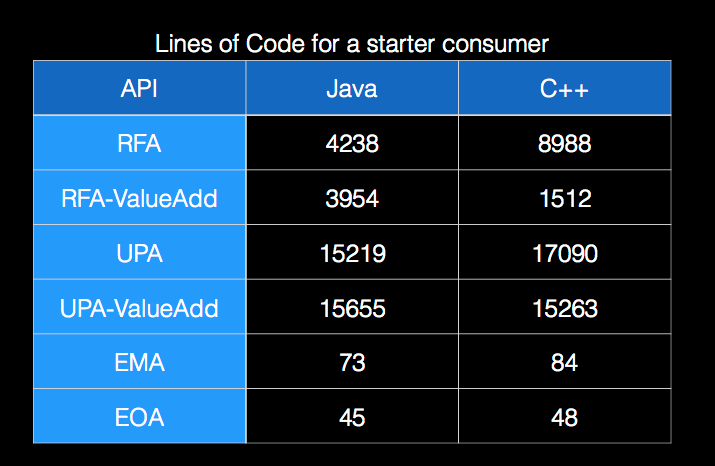Hi,
I would be interested in migrating my third party and internal applications from SSL connection to RSSL and would like to know in advance the requirements and the necessary changes in the configuration.
I understand that they need minimum RFA 6 /UPA. SFC or SSL Developer Kit do not support this transport. Could you please confirm what APIS language and versions support RSSL?
I understand that the third party application should have been developed to use OMM messages and they need to add the following entries in their configuration file adding in the connectionList ="Connection_RSSL" ?:
\Connections\Connection_RSSL\connectionType = "RSSL"
\Connections\Connection_RSSL\serverList = "p2ps1"
\Connections\Connection_RSSL\rsslPort = "14002"
Please, let me know if I am missing something else
Thank you in advance for your help
Best Regards
Gema




